Source: http://www.nytimes.com/2009/02/03/business/economy/03econ.html?_r=1
February 2, 2009
American consumers and businesses are embarking on an era of thrift as the recession deepens, saving more money as they cut spending on purchases as varied as sweaters, new homes and office towers.
That was the picture painted by two government reports released on Monday. One showed that Americans cut their spending for a sixth month in December as they worried about losing their jobs and earning less in a deteriorating economy. The personal saving rate in the last three months of 2008 rose to its highest level in six years.
In another report, the Commerce Department said that construction spending in December declined 1.4 percent from November as housing values continued to fall and credit markets remained tight. Spending on residential construction in December dropped 22 percent from the same month a year ago.
“If households are shying away from spending, what’s going to cause businesses to start spending again?” asked Aaron Smith, senior economist at Moody’s Economy.com.
Putting away money and paying down debt may be good for one family’s kitchen-table economics, but the broader economy suffers in the short term when millions of families do it.
A dollar saved does not circulate through the economy and higher savings rates translate into fewer sales and lower revenue for struggling businesses. As Congress considers an $800 billion package of tax cuts and spending plans, policy makers said that the most effective stimulus was money that would be spent quickly.
Still, some economists said the rising rate of savings was a natural reaction, penance for America’s spendthrift ways.
“If American consumers are less indebted, live within their means and have more money in savings, they are better positioned to spend on a sustainable basis for years to come,” said Greg McBride, senior financial analyst at Bankrate.com. “As painful as that is economically in the short run, these developments will better serve us in the long run.”
The personal saving rate of 2.9 percent in the fourth quarter of 2008 was the highest since early 2002, when the country was recovering from the dot-com recession and the shock of the 9/11 attacks. The savings rate rose to 3.6 percent in December, from 2.8 percent in November.
The gains have come even as interest rates drop to negligible levels. According to a weekly Bankrate.com survey, the average one-year certificate of deposit paid 1.63 percent interest, while average money-market accounts paid 0.54 percent interest.
On average, Americans have saved about 7 percent of their disposable income since 1929, but that figure dropped to virtually nothing several years ago.
The Federal Reserve cut interest rates to stimulate growth, and Americans took advantage of easy credit to finance trips to the mall, remodeling projects and new cars. Consumer spending accounts for about 70 percent of growth.
But that spending largely dried up as home values fell and credit tightened, and the drought is likely to continue.
“The whole economy was leveraged up, and we’re now suffering the consequences,” said Peter Schiff, president of Euro Pacific Capital, who offered early warnings about the current economic calamity. “The problem is, that’s a painful process. When you have an economy that’s used to all this spending and borrowing and you take it away, it’s going to go through some pains.”
In the last three months of 2008, the economy contracted at its fastest pace in a quarter-century. As Americans spent less, companies cut jobs and reduced their investment in equipment, software and buildings to trim their costs.
“The weakness is feeding on itself,” said James O’Sullivan, an economist at UBS. “You’ve had the spread of weakness from housing to Wall Street to main street. You’ve got a credit crunch, which is now affecting every part of the economy, including the consumer.”
The department store chain Macy’s became the latest to cut jobs, saying on Monday that it would dismiss 7,000 workers or about 4 percent of its work force.
The unemployment rate, at 7.2 percent, is at its highest in 16 years, and some economists say it is likely to top 9 percent in this downturn. The economy shed about 1.9 million jobs in the last four months of 2008, and is losing more than 500,000 a month.
Economists predict that when the government releases the January data on Friday, the unemployment rate will rise to 7.5 percent.
Over all, personal spending fell 1 percent or an annualized $102.4 billion in December, after a drop of $77.8 billion in November, the Commerce Department reported.
Adjusted for price changes, real income increased 0.3 percent in December, while real spending fell by a slightly lower 0.5 percent. The so-called real rates reflect the continuing relief that lower gasoline and energy prices have offered consumers in a recession that began in December 2007.
Spending on durable goods fell 0.8 percent in December while purchases of nondurable goods fell 1.8 percent, after increases in November.
“Consumers are rational,” said Joshua Shapiro, chief United States economist at MFR. “They respond to incentives and conditions, and right now the conditions and incentives are: spend as little as you can, and pay down as much as you can. You hunker down. That’s what the consumer’s doing.”
Tuesday, February 03, 2009
Consumers Are Saving More and Spending Less By Jack Healy
Posted by Joyce Kavitsky at 2/03/2009 11:15:00 AM
Subscribe to:
Post Comments (Atom)



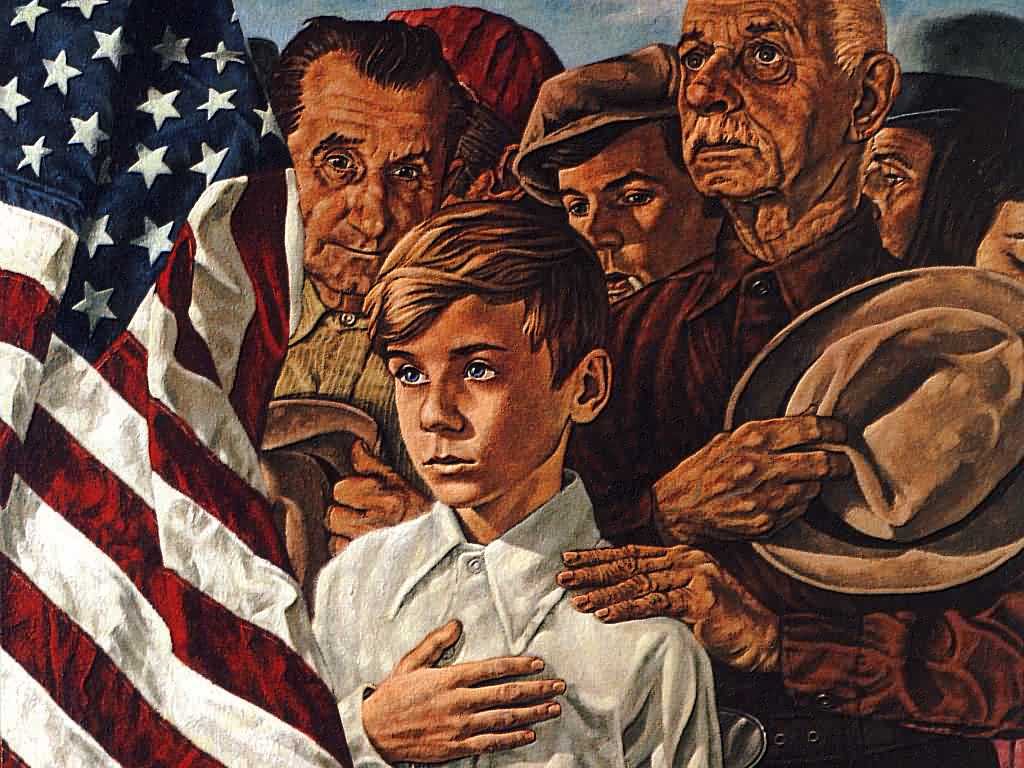

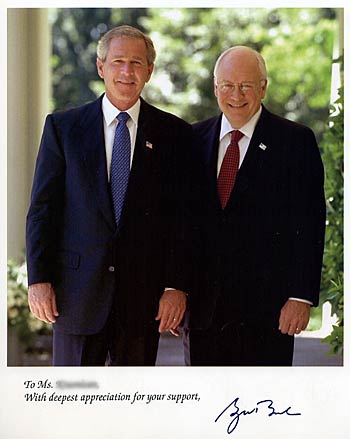




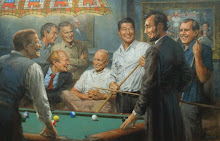

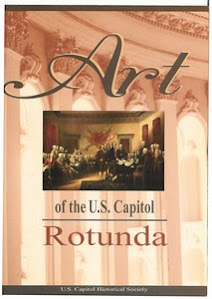






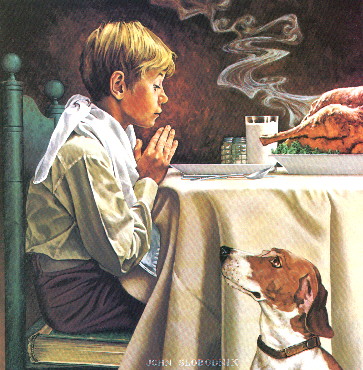



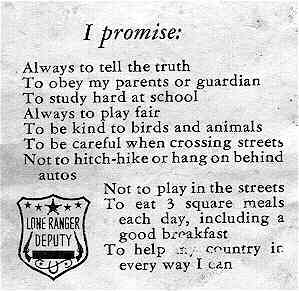
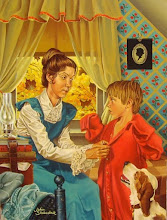






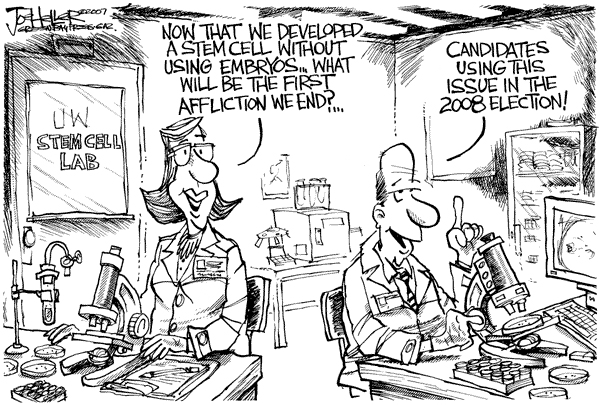
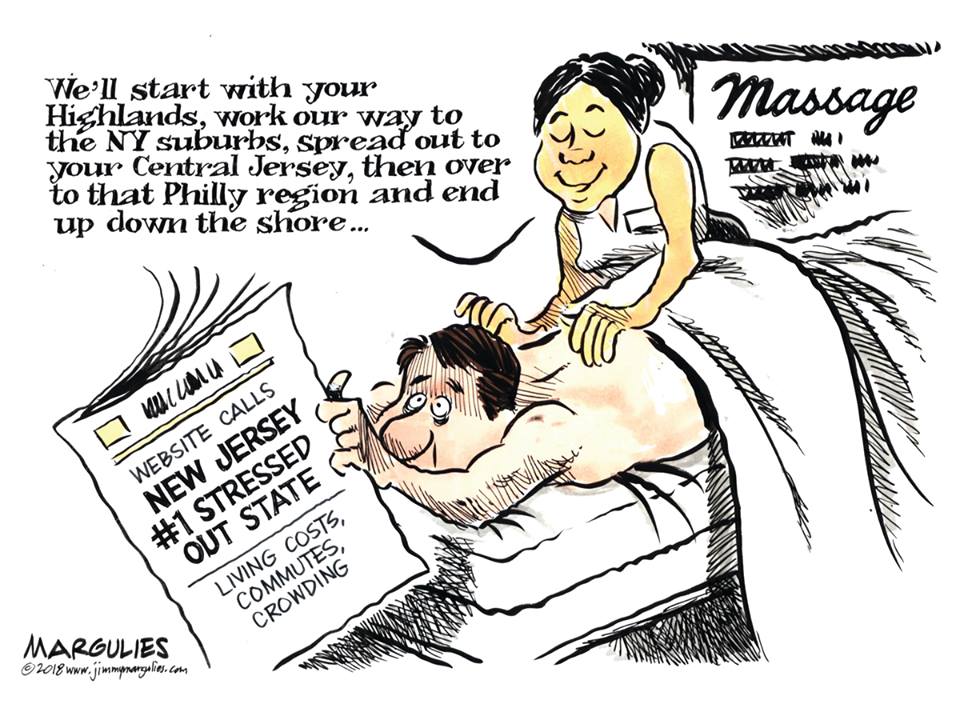
No comments:
Post a Comment